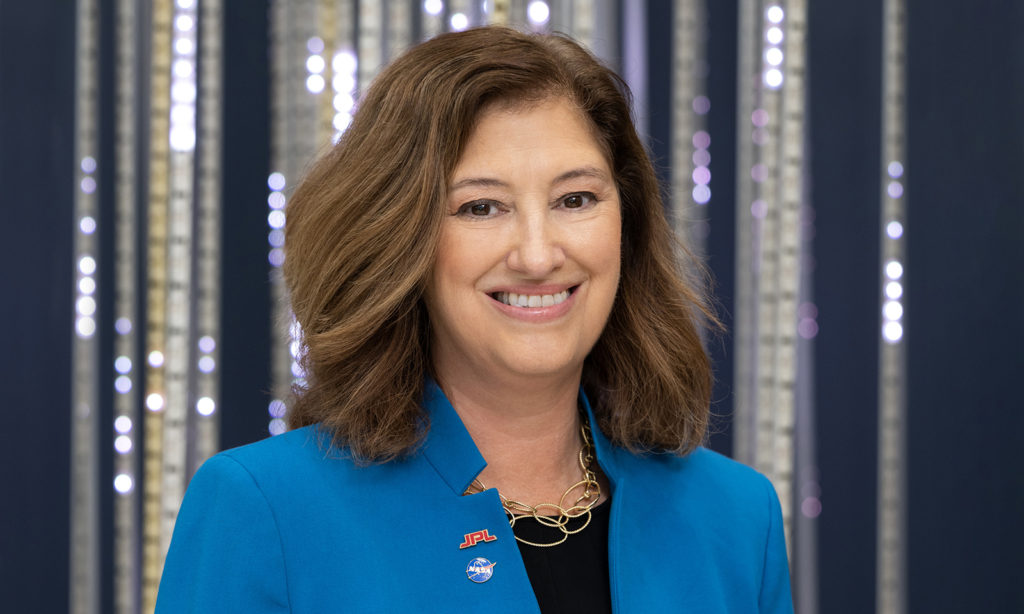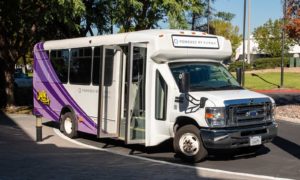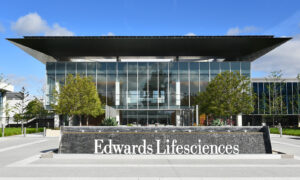Planetary scientist Laurie Leshin, the new director of NASA’s Jet Propulsion Laboratory, says she’s “thrilled and humbled” to be back in America’s leading hub for space travel and innovation.
“Southern California is where history is happening every day in this field,” the Caltech alumna told the Irvine Standard.
Leshin herself made history in May by becoming the first female director of JPL since its founding in 1936. She is simultaneously serving as a Bren Professor of Geochemistry and Planetary Science and vice president at Caltech, which manages JPL for NASA.
Leshin is an internationally recognized space scientist and geochemist whose career has included two White House appointments and senior positions at NASA, where she worked on more than 50 projects, including the Mars Rover mission.
Born in Boston and raised in Tempe, Arizona, Leshin’s educational credentials include a B.S. in chemistry from Arizona State University, master’s and doctoral degrees in geochemistry from Caltech and a postdoctoral fellowship at UCLA.
In her most recent job, she served eight years as the first female president of Worcester Polytechnic Institute in Massachusetts, one of the nation’s oldest private STEM universities. In her interview with the Standard, she spoke about her plans for JPL and her appreciation of the welcome she has received:
What’s it like to be back on campus?
In many ways, this feels like a homecoming. Some of the most impactful experiences of my career have taken place on the Caltech campus and at JPL – lessons learned and goals achieved that have shaped me as a leader and a space scientist.
How have your colleagues responded to you in your new job?
It’s been touching. I feel supported and welcomed by everyone at JPL and Caltech. Most recently, other employees at JPL made an incredible quilt that’s now hanging in my office. It’s 144 squares, each with a different JPL mission or scientific discovery.
What are you most excited about in the new role?
I believe we can truly help answer some awe-inspiring scientific questions and improve life here on Earth. Some near-term projects include returning samples of soil from Mars to look for evidence of past life there. We’ll also be launching a new mission to explore Europa, Jupiter’s moon.
You’re inspiring, but where have you gotten your own inspiration?
The late Sally Ride is one of my heroines. I met her while I was a young professor at Arizona State University, and she became a friend and mentor. I was impressed by how she used her role, as the first U.S. woman to fly into space, to help advance other young scientists. I hope to do something similar in my new job.
What advice would you give to Irvine’s STEM students?
Their dreams are well-founded. It’s such an exciting time to be a scientist or engineer. There’s never been a more exciting time in the space business. It’s hard work, but it’s work that is worth it.
Looking for more inspiration?
You can take a free tour of JPL, including a multimedia presentation entitled “Journey to the Planets and Beyond.” Visitors are also welcome at the Space Flight Operations Facility and the Spacecraft Assembly Facility. Register at jpl.nasa.gov/events/tours.
Caltech space-solar project prepares for future launch
Among Caltech’s major missions as Laurie Leshin steps in as university vice president is a revolutionary effort to harness the sun’s energy from outer space. The Space-based Solar Power Project plans to launch its first solar arrays into space as soon as later this year, with a boost from a SpaceX rocket.
The effort offers new hope of providing the world with a constant, virtually endless source of energy, delivering more power in an hour than humanity could use in a year.
Caltech’s scientists have designed a space station as large as a city park, composed of modules made of billions of small tiles that will collect solar energy, convert it into radio-frequency power, and beam it to receiver stations on Earth.
Last year, Caltech announced that Donald Bren, chairman of Irvine Company and a Life Trustee of the Caltech board, donated over $100 million to form the Space-based Solar Power Project.










